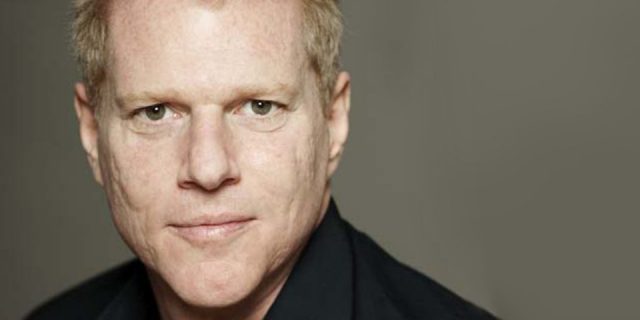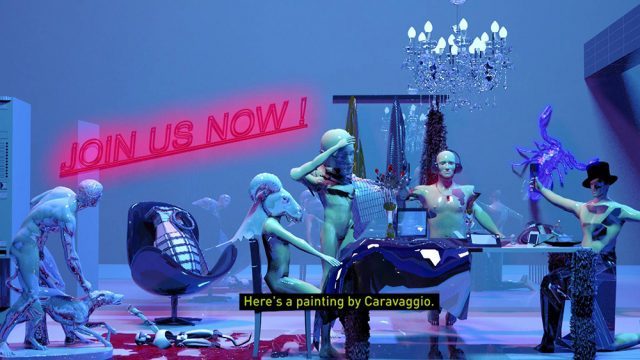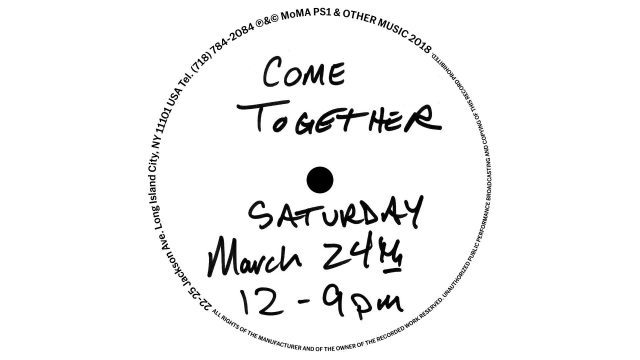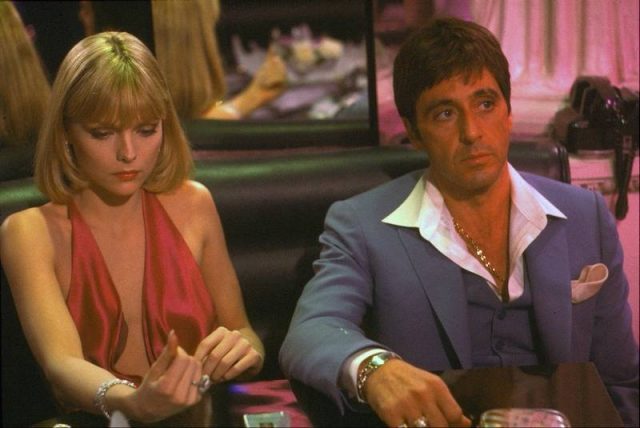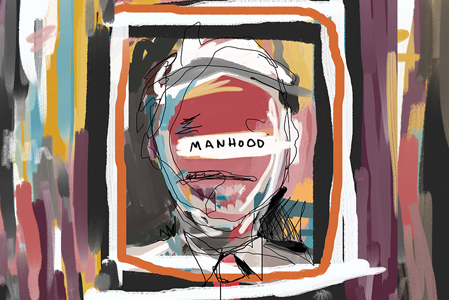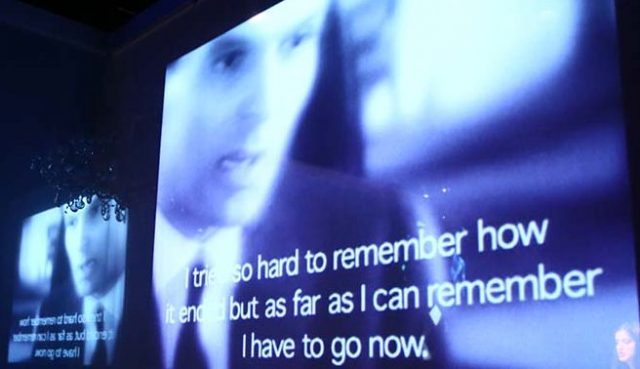
Multiple locations
March 18-25, free
nyctaf.com
The tenth annual NYC Teen Author Festival starts today, kicking off a week of readings, signings, and panel discussions featuring more than one hundred authors at the New York Public Library, Barnes & Noble, the Strand, Books of Wonder, McNally Jackson, and Little City Books. Among the topics that will be discussed are “Areas of Expertise: YA Writers on YA Writing,” “Queer Voices in YA — The 2018 Edition,” and “Writing the Perils of Real Life.” Below is the complete lineup for this free festival, although attendees are strongly encouraged to purchase books at each event.
Sunday, March 18
Kick Off! with Arvin Ahmadi, Susane Colasanti, Sara Holland, Richard Lawson, Dana Mele, Krystal Sutherland, and Ashley Woodfolk, the Strand, 828 Broadway, 7:00
Monday, March 19
Areas of Expertise: YA Writers on YA Writing, with Jen Calonita, Holly Kowitt, Emmy Layborne, Sarah Darer Littman, E. Lockhart, Sam L. Miller, Jess Verdi, Katherine Webber, and Ibi Zoboi, New York Public Library, Mulberry Street Branch, 10 Jersey St., 6:00
Tuesday, March 20
The Complexity of Characters, with Corinne Duyvis, Michele Hodkin, Billy Merrell, Alyssa Sheinmel, Yvonne Ventresca, and Ismee Williams, Little City Books, Hoboken, 7:00
Wednesday, March 21
The Past Ten Years, the Next Ten Years, with Zoraida Cordova, Gayle Forman, Lexa Hillyer, Tiffany Jackson, Kody Keplinger, Justine Larbalestier, and Scott Westerfeld, New York Public Library, 476 Fifth Ave. at Forty-Second St., Berger Forum, 6:00
Friday March 23
Queer Voices in YA — The 2018 Edition, with Arvin Ahmadi, Kheryn Callender, Billy Merrell, Sam J. Miller, Sarah Moon, Mark Oshiro, and Will Walton, moderated by David Levithan, New York Public Library, 476 Fifth Ave. at Forty-Second St., South Court, 2:00
Evolution of a Writer, with Jen Calonita, Alison Cherry, Kody Keplinger, Sarah Darer Littman, Alexandra Monir, Matthue Roth, Leila Sales, and KM Walton, moderated by Aimee Friedman, New York Public Library, 476 Fifth Ave. at Forty-Second St., South Court, 2:50
Ambitious Girls, with Katie Bayerl, Kayla Cagan, Sharon Cameron, Maria Dahvana Headley, Tiffany Jackson, Lauren Spieller, and Amy Trueblood, moderated by Melissa Walker, New York Public Library, 476 Fifth Ave. at Forty-Second St., South Court, 3:50
Bookish Romance, with Jennifer Castle, Mia Garcia, Shani Petroff, Lindsay Ribar, Tiffany Schmidt, Jennifer E. Smith, and Stephanie Kate Strohm, moderated by Kieran Scott, New York Public Library, 476 Fifth Ave. at Forty-Second St., South Court, 4:40
Barnes & Noble Reader’s Theater/Signing with Tara Altebrando, Gina Damico, Lauren Gibaldi, Emily X. R. Pan, Kim Purcell, Randy Ribay, and Maggie Stiefvater, Upper West Side B&N, Eighty-Second St. & Broadway, 7:00
Saturday, March 24
Debuts, with Kheryn Callender, Lindsay Champion, Kim Chance, Kit Frick, Amy Giles, and Anna Hecker, New York Public Library, 476 Fifth Ave. at Forty-Second St., Celeste Bartos Forum, 1:00
What a Difference a Decade Makes, with Molly Booth, Sharon Cameron, Sara Holland, Laurent Linn, Andy Marino, Amy McNamara, Michelle Schusterman, Peternelle van Arsdale, Marit Weisenberg, Martin Wilson, and Jeff Zentner, New York Public Library, 476 Fifth Ave. at Forty-Second St., Celeste Bartos Forum, 1:50
Writing the Perils of Real Life, with Heather Demetrios, Kevin Emerson, Maxine Kaplan, Emily X. R. Pan, Bonnie Pipkin, and Gae Polisner, moderated by Brendan Kiely, New York Public Library, 476 Fifth Ave. at Forty-Second St., Celeste Bartos Forum, 2:30
Evolution of a Writer, with Patty Blount, Donna Cooner, Heidi Heilig, JJ Howard, Dana Mele, Nisha Sharma, Abby Sher, and Suzanne Weyn, moderated by Kass Morgan, New York Public Library, 476 Fifth Ave. at Forty-Second St., Celeste Bartos Forum, 3:25
Debuts, with Alisa Kwitney, Derek Milman, Mark Oshiro, A. M. Rose, Julia Rubin, Nisha Sharma, and Ashley Woodfolk, moderated by Leila Sales, New York Public Library, 476 Fifth Ave. at Forty-Second St., Celeste Bartos Forum, 4:10
Into the Wilds, with Cathleen Bell, Rhoda Belleza, Alison Cherry, Lindsay Ribar, Michelle Schusterman, Alexandra Monir, Melissa Ostrom, Sarah Nicole Smetana, and Kaitlin Ward, moderated by Kass Morgan, McNally Jackson, 52 Prince St., 7:00
Sunday, March 25
Our No-Foolin’ Mega-Signing, with Arvin Ahmadi, Katie Bayerl, Cathleen Bell, Patty Blount, Kheryn Callender, Sharon Cameron, Kim Chance, Shani Petroff, and Randy Ribay, Books of Wonder, 18 West Eighteenth St., 1:00
Our No-Foolin’ Mega-Signing, with Alison Cherry, Lindsay Ribar, Michelle Schusterman, Susane Colasanti, Donna Cooner, Gina Damico, Heather Demetrios, Lauren Gibaldi, and Amy Giles, Books of Wonder, 18 West Eighteenth St., 1:30
Our No-Foolin’ Mega-Signing, with Lexa Hillyer, Michelle Hodkin, Sara Holland, Amalie Howard, Kody Keplinger, Richard Lawson, and Emmy Layborne, Books of Wonder, 18 West Eighteenth St., 2:00
Our No-Foolin’ Mega-Signing, with Barry Lyga, Dana Mele, Billy Merrell, Sam J. Miller, Sarah Moon, Melissa Ostrom, Emily X. R. Pan, and Bonnie Pipkin, Books of Wonder, 18 West Eighteenth St., 2:30
Our No-Foolin’ Mega-Signing, with Gae Polisner, Kim Purcell, A. M. Rose, Julia Lynn Rubin, Kieran Scott, Alyssa Sheinmel, Abby Sher, Sarah Nicole Smetana, and Jennifer E. Smith, Books of Wonder, 18 West Eighteenth St., 3:00
Our No-Foolin’ Mega-Signing, with Stephanie Kate Strohm, Amy Trueblood, Peternelle van Arsdale, KM Walton, Kaitlin Ward, Marit Weisenberg, Scott Westerfeld, Ashley Woodfolk, Jeff Zentner, and David Neilsen, Books of Wonder, 18 West Eighteenth St., 3:30
